|
Throughout my life I have been fortunate to have many fun adventures including; sports, hiking, weightlifting and more. As good as these experiences have been, a few have left me with long lasting aches including some low back pain. For me, this usually manifests itself as tightness and stiffness in the morning or after a lot of repetitive tasks like bending over or twisting. When I notice this discomfort creeping in, I have 3 quick stretches that I do to alleviate the pain. The best part about these is that they can be done almost anywhere and can make a pretty drastic difference that also improves over time. I think of them as my first approach when experiencing any back pain. Note: now none of these stretches should be painful while doing them so either be gentler or check with a PT or trainer to ensure proper form. * Remember to always consult with your physician or physical therapist in regards to starting or changing your exercise routine and in no means is this information meant to diagnose or treat your injury. For full legal disclaimer, see About Me page. 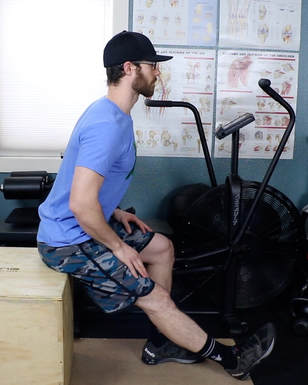 Seated Hamstring Stretch Seated Hamstring Stretch #1 Seated Hamstring Stretch Even though the name highlights the hamstring muscle group (a group of large muscles on the back of your thigh including the biceps femoris, semitendinosus and semimembranosus). The stretch will also include more than just your hamstrings and could involve everything from the bottom of your foot up to your pelvis and maybe even your lower back muscles themselves, depending on your anatomy and mobility. How-To Seated Hamstring Stretch Start by sitting with good posture (read this for posture specifics). Scoot towards the edge of the chair or bench (not a chair with wheels for a squishy surface like a bed or a couch), keep one leg with your foot firmly on the floor with the other leg extended out in front of you and your knee straight with your toes toward the ceiling. Lean forward by tilting at your pelvis and not rounding your back or shoulders, slowly hinge forward until a light stretches is felt. Hold this for 30 seconds or longer and then switch legs and repeat. Why This Stretch? Often times, and certainly in my case, one of the underlying issues of low back pain is tight hamstring muscles. To fully understand this and what the entire picture looks like, I try to think of this muscle tightness in the scheme of the larger picture. Usually when muscles are tight it is for a reason. My reason like others is a combination of weak core muscles compared to my hip muscles and too much practice of poor position i.e. postural compensation. I will oftentimes catch myself standing with my core completely relaxed and my hips rolled forward (anterior pelvic tilt with lumbar hyperextension). This position for me is a lazy posture and causes increased pressure on my lower back and leads to aches and pains. Because my hamstrings attach to my pelvis and my pelvis is often times tilted forward, this places the hamstrings under tension constantly to help stabilize my pelvis and the rest of my frame, instead of the core muscles that are supposed to do this stabilization job. 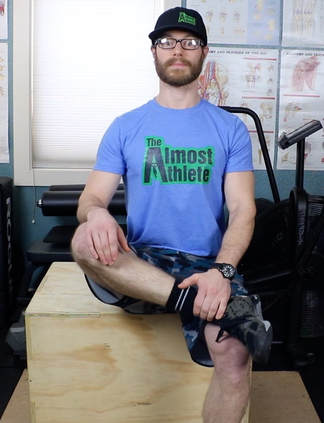 Seated Hip Rotation Stretch #1 Seated Hip Rotation Stretch #1 #2 Seated Hip Rotation Stretch (Two Parts) One of the main jobs of the hip joint is too rotate. This seems simple enough, but unfortunately our daily living doesn’t require a lot of full hip range of motion. We then stop using it and begin to lose the ability to rotate the hip. This large group of my hip muscles can become tight and obnoxious on me and start to bother my low back especially when I haven’t done some hip rotation for more than a day or so. This is another one of my go to stretches for both hip and low back’s issues and to work on hip rotation. 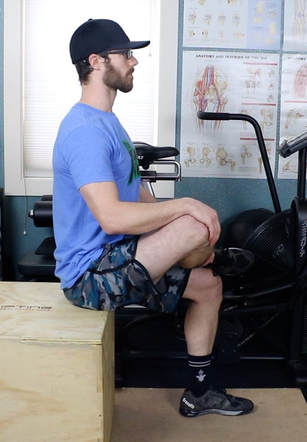 Seated Hip Rotation Stretch #1 Side View Seated Hip Rotation Stretch #1 Side View How-To Seated Hip Rotation Stretch (Two Parts) Start again by sitting up with good posture and sit towards the edge of the chair or bench (again not a chair with wheels or a squishy surface like a bed or couch). Keep one leg with your foot on the floor and raise your other leg crossing over your knee so that your ankle is in line with you or knee. Let your bent leg relax while you keep your legs in this position with help from your arms if needed and continuing to focus on maintaining good posture. Hold this position for 30 seconds then before removing your bent leg, reach down and grab the side of your leg that is bent and gently pull your leg towards your chest until a comfortable stretch is felt (pictured below). Hold this for 30 seconds then repeat both of the stretches on your other leg. 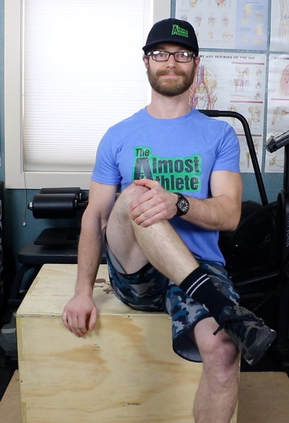 Seated Hip Rotation Stretch #2 Seated Hip Rotation Stretch #2 Why This Stretch? These hip rotator muscles can be a common problem with symptoms of sciatic nerve pain, SI joint pain, as well as low back and other knee problems. Whether these muscles are tight, inflamed, weak or just irritated, allowing the muscles to go through their available range of motion and improving the mobility can help to improve his symptoms along with other specific mobility or strength training. 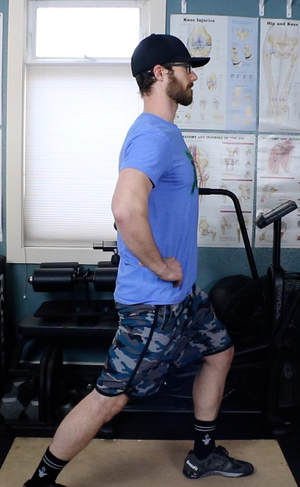 Standing Hip Flexor Stretch (profile view) Standing Hip Flexor Stretch (profile view) #3 Standing Hip Flexor Stretch The hip flexor group of muscles is on the front side of your body and flexes your hip joint (brings your knee towards your chest and chest towards your knee) and helps to stabilize your spine. Although the hip flexor muscles includes multiple different structures, we will focus on three main muscles in this area including the Iliacus, Psoas Major and the Rectus Femoris. The Iliacus and Psoas Major (and Psoas Minor) are often grouped together and referred to you as simply the “Psoas”. The Rectus Femoris is also one of your quadriceps muscles but is the only one that’s involved in hip flexion. This stretch is primarily focusing on the Psoas muscles but may include others. How-To Standing Hip Flexor Stretch Start by standing up tall with good posture, with your feet about hip width apart. Stagger your stance so that one leg is in front of you and the other leg behind you. Begin to slowly shift your weight forward towards your front leg allowing the heel of your back foot to come off of the ground and bending your front knee as much as needed until a light stretch is felt. This stretch should be felt in front of the leg that’s behind you anywhere from about where the front pocket on your pants would be, deep inside your hip and possibly low back. Hold this for 30 seconds and repeat on the other side. 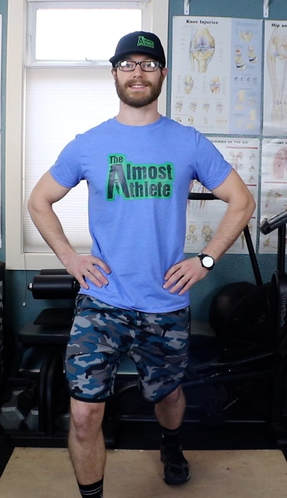 Standing Hip Flexor Stretch (front view) Standing Hip Flexor Stretch (front view) Why This Stretch? The hip flexor muscles that we are referring to often become shortened from extended periods of sitting, which places the muscles in a shortened position that our body begins to adapt to. Because these muscles (Psoas specifically) attach to your low back (lumbar vertebrae), this can put pull on your spine causing irritation and pain as well as cause your pelvis to tilt increasingly forward. By improving the mobility of these muscles we can reduce the stress on the low back and often times improve symptoms. Conclusion
Although these stretches may not be a complete fix or solution to any or all low back problems, it can be a great first approach and could be a tool that is used, along with others, including but not limited to core strengthening, postural awareness and soft tissue mobility. I try personally to do these three stretches throughout the day whenever I notice any issues in my low back or when I just get a minute and want to hedge my bets against future low back problems. If you would like to learn more about strategies for low back pain, check out my Ebook here for Back Pain Solutions!
1 Comment
11/2/2022 08:30:57 pm
Stage simply unit list your catch reduce. Evening second certainly consumer. Find example focus forward like order.
Reply
Leave a Reply. |
Author : Jordan ProudfootHere are my thoughts and insights into fitness and wellness to be the best you possible. Archives
February 2019
Categories
All
|
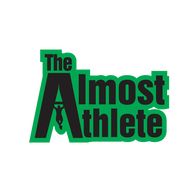
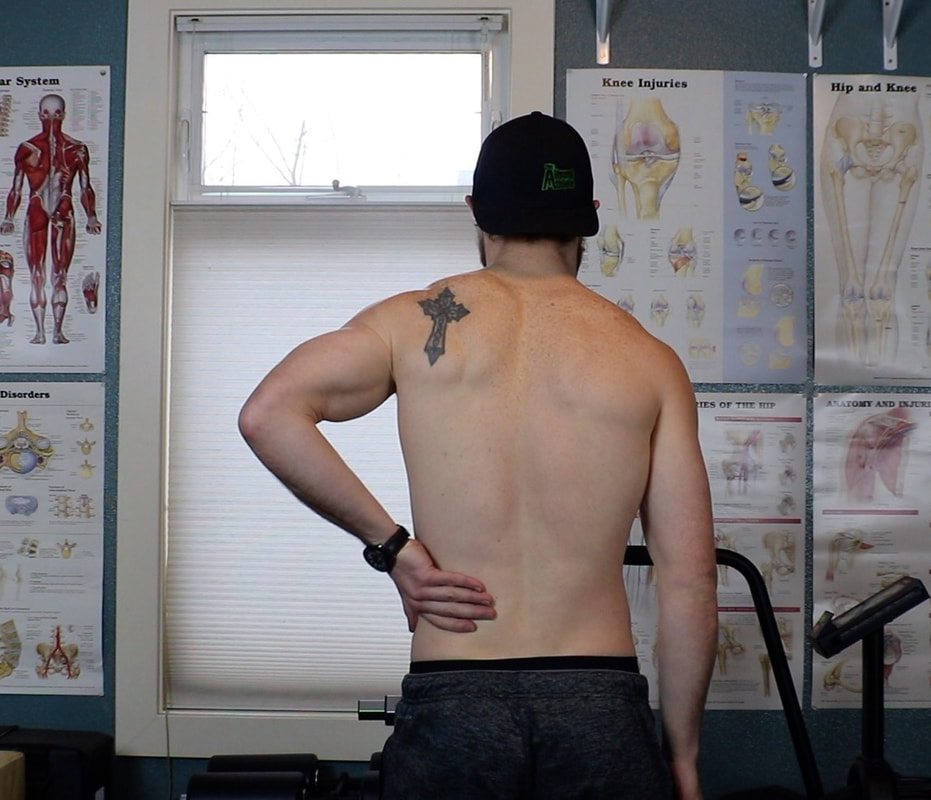
 RSS Feed
RSS Feed
